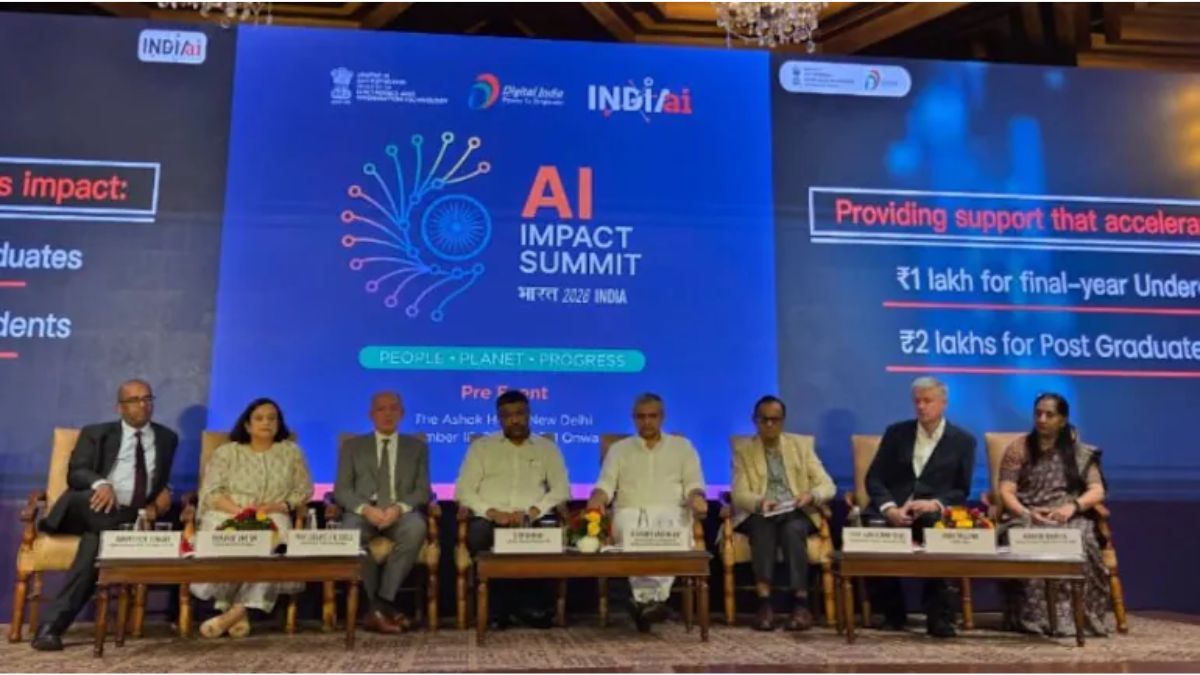Necessary Always Active
Necessary cookies are required to enable the basic features of this site, such as providing secure log-in or adjusting your consent preferences. These cookies do not store any personally identifiable data.
|
||||||
|
||||||
|
||||||
|

The Government of India has expanded the IndiaAI Mission LLM initiative by selecting eight new players to develop foundational large language models (LLMs). Union IT Minister Ashwini Vaishnaw announced this during the AI Impact Summit in New Delhi on 18 September. The announcement, as reported by Moneycontrol, reflects the government’s growing focus on scaling India’s AI capabilities and strengthening homegrown model-building.
The newly chosen participants are a mix of technology service providers, academic institutions, and AI-focused startups. The eight entities include Avataar.ai; the IIT Bombay consortium BharatGen; Fractal Analytics; Tech Mahindra; Zeinteiq Aitech Innovations; Genloop Intelligence Pvt Ltd; NeuroDX (IntelliHealth); and Shodh AI. Each organization will contribute to building models aimed at supporting Indian languages and diverse business applications.
The IIT Bombay consortium, BharatGen, stands out with a proposal to build a model of approximately 1 trillion parameters. This positions it as one of the largest LLM initiatives under the IndiaAI Mission. Financial support for this project has been set at ₹988.6 crore, making it a key beneficiary of the program.
Other highlights include:
Previously, companies such as Sarvam AI, SoketAI, Gnani.ai, and Gan.AI had been selected in earlier rounds. The addition of the new entities expands the government-backed ecosystem to a dozen participants. Earlier this year, The Ministry of Electronics and Information Technology (MeitY) has started a new initiative to build a large language model (LLM) ecosystem for India.
“This announcement comes on the back of building our and India’s own Indic LLM, Project Indus. Built completely in-house and at frugal cost, the journey of having Project Indus as open source to creating sovereign LLM’s has been a learning and rewarding experience,” Tech Mahindra said.
A key feature of the IndiaAI Mission LLM program is government-backed compute infrastructure. By May 2025, the Mission had made available 34,000 GPUs through its Compute Pillar to support model training across both public and private entities. This is a critical enabler, given the high hardware demands of training trillion-parameter models. In May, 2025, the government received numerous responses to the IndiaAI GPU bids as part of its continuous efforts to enhance artificial intelligence infrastructure in the country.
Minister Vaishnaw highlighted that earlier cohorts were progressing well and confirmed that the first outputs from the newly selected group were expected by February 2026, aligning with the next AI Impact Summit. He also announced that a national AI framework, developed with the Office of the Principal Scientific Advisor, would be launched within days of the Summit announcement.
The eligibility criteria under the IndiaAI Mission for LLMs emphasize technical expertise, scalability, and alignment with national objectives. Proposals must demonstrate the ability to build large-scale models, support multilingual capabilities, and ensure responsible use of AI. The program offers financial incentives, computing support, and access to curated datasets to selected participants.
The selection of eight new players under the IndiaAI Mission LLM reinforces India’s ambition to become a leader in building indigenous AI systems. By combining academic research, enterprise expertise, and startup agility, the Mission seeks to deliver foundational models that reflect India’s diverse needs.